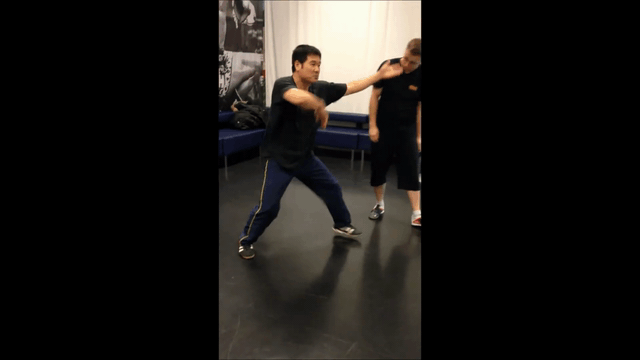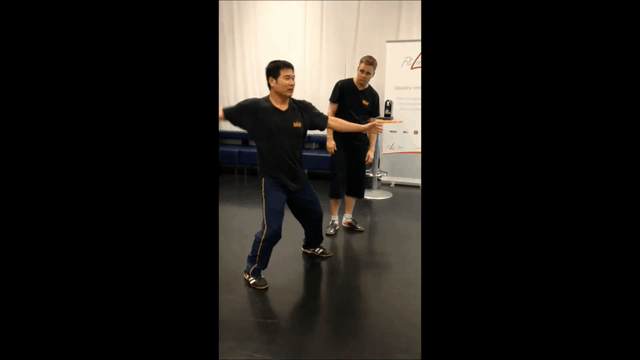OP
CMyers0323
Blue Belt
- Joined
- Feb 3, 2022
- Messages
- 254
- Reaction score
- 53
- Thread Starter
- #21
This is really cool! Hobestly I never saw any of these on YouTube I guess I just didn't have luck haha.The PM system is famous in speed.
So then in reference to the above mentioned tactic when you pull in the opponents hand and if you were to strike after that would that be PM form of springy energy?



